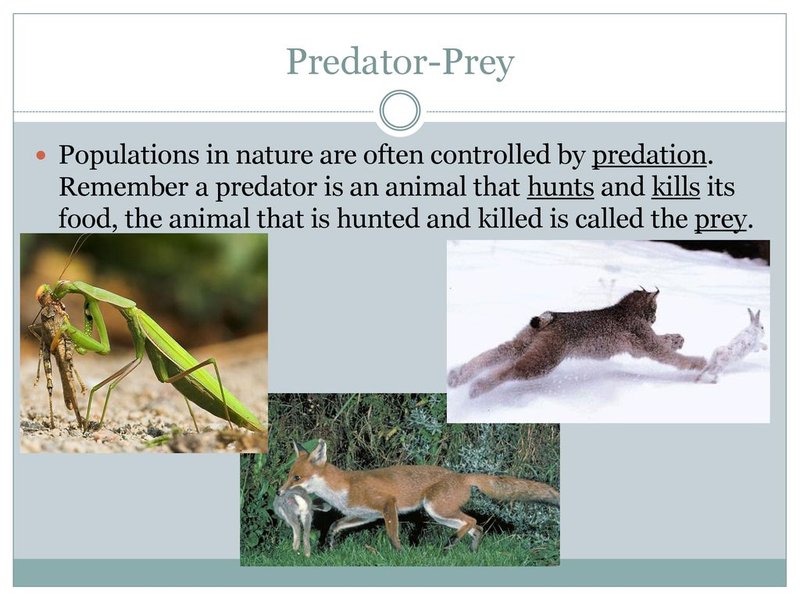
Imagine being a nematomorph. You’re born in freshwater, grow up inside a host, and then, when the time is right, you emerge into the wild for a brief moment of glory. However, you’re not alone in this journey. Many creatures see you as a tasty snack. And then, of course, there’s the bigger picture: changes in your habitat that can affect your entire life cycle. So, why should we care about nematomorphs? Well, they play important roles in their ecosystems and serve as indicators of environmental health. This makes understanding their threats all the more vital.
Understanding Nematomorphs and Their Habitat
To appreciate the challenges faced by nematomorphs, it’s essential to understand where they thrive. These worms typically inhabit freshwater environments like rivers, ponds, and marshes. They have a unique life cycle that begins with fertilized eggs hatching into larvae. These larvae often find their way into the bodies of insects, particularly grasshoppers and crickets.
You might be wondering, “Why do they do this?” Well, the larvae grow inside their host, feeding on its tissues until mature. When ready to reproduce, they manipulate their host, causing it to seek water, where the adult worm can emerge. This fascinating yet gruesome transformation highlights the intricate relationships that exist in nature. However, it also makes them highly vulnerable to changes in their environment.
Predators of Nematomorphs
Nematomorphs have several natural predators that can significantly impact their populations. Birds, fish, and even other invertebrates see them as a delicious meal. Birds, for instance, are particularly adept at hunting these worms, often pulling them from their aquatic habitats as they emerge.
Additionally, fish play a significant role in the predation of nematomorphs. Species like bass and perch are known to feed on these worms when they are near the water surface. The presence of these predators means that nematomorph populations must continually adapt to survive. If they’re not careful, they can quickly become a meal rather than a thriving population.
Impact of Predation on Population Dynamics
The impact of predation can lead to fluctuations in nematomorph populations. When predators increase in number, nematomorphs may struggle to survive. This can lead to a decline in their populations, ultimately affecting their role in the ecosystem.
Just think about it: if nematomorphs are reduced, the insects that host their larvae may also see a population change. This interconnectedness is a crucial concept in ecology. The loss of one species can create a ripple effect, impacting numerous others in unexpected ways.
Environmental Threats to Nematomorph Populations
While predators are a clear and present danger for nematomorphs, environmental threats are even more insidious. Water pollution is a significant issue for many aquatic species, including nematomorphs. Chemicals and toxins from agriculture, industry, and urban runoff can contaminate their habitat.
These pollutants can harm the nematomorphs directly or affect their host species. If the insects they rely on for their life cycle are compromised, it could ultimately lead to reduced nematomorph populations. Cleaning up our waterways is crucial not just for nematomorphs, but for the entire ecosystem that depends on a healthy aquatic environment.
Habitat Loss and Alteration
Habitat destruction due to human activity is another major threat. Wetlands are often drained for agriculture or urban development, significantly reducing the available environments for nematomorphs. You might think of wetlands as the bustling cities of the aquatic world—full of life and diversity. When these areas vanish, the consequences can be devastating.
Altered water flow from dams and irrigation can also create challenges. Changes in water levels can disrupt their breeding cycles, making it harder for populations to thrive. The delicate balance of their ecosystems is easily upset, and these charming little worms face an uphill battle to survive in a changing world.
Climate Change and Its Effects
Climate change poses a significant long-term threat to nematomorph populations. As temperatures rise and weather patterns shift, these creatures may find their environments becoming less hospitable. Changes in rainfall patterns can lead to droughts or flooding, both of which can be detrimental to their life cycles.
In warmer temperatures, water bodies may warm up, affecting not only nematomorphs but also their host organisms. This ripple effect can lead to mismatches in life cycles, potentially decreasing nematomorph reproduction rates and, subsequently, their populations.
Mitigating Climate Change Impact
To help address these environmental threats, there are ways we can all contribute. Supporting conservation efforts aimed at protecting wetlands is essential. These areas are not only home to nematomorphs but are critical for many other species as well.
Additionally, minimizing pollution through responsible practices in agriculture and industry can help reduce the chemical load on our waters. Even small changes in personal habits can make a difference. Every action counts when it comes to creating a healthier planet.
Conservation Efforts for Nematomorphs
Recognizing the importance of nematomorphs in their ecosystems has led to various conservation efforts. These initiatives often focus on habitat restoration and pollution reduction. By working to reclaim and protect wetlands, organizations aim to ensure that these unique creatures have a place to thrive.
Community involvement in monitoring local waterways can also play a vital role. Citizen science projects help gather data on nematomorph populations and their habitats, guiding future conservation efforts. This collaboration between scientists and the public is a powerful tool in the fight to protect these insects and their environments.
The Role of Education and Awareness
Raising awareness about nematomorphs and the threats they face is crucial. Educational programs can help people understand the value of these organisms and the delicate ecosystems they inhabit. By fostering appreciation for the natural world, we can inspire action and help protect these unique creatures.
You might not ever come face-to-face with a nematomorph in your daily life, but knowing they exist and play a role in the ecosystem makes our world a little richer. Understanding their struggles helps us appreciate the balance that nature maintains.
Why Protecting Nematomorphs Matters
So, why should we care about nematomorphs? Beyond their fascinating life cycle and quirky behavior, these worms can indicate the overall health of freshwater ecosystems. Their presence or absence can tell us a lot about the water quality and the state of the surrounding environment.
By protecting nematomorphs, we’re also supporting the myriad of species that depend on a healthy aquatic ecosystem. Healthy ecosystems lead to clean water, biodiversity, and, ultimately, a thriving planet for all living things.
In a world where environmental issues can feel overwhelming, focusing on the little things—like nematomorphs—can make a big difference. Let’s continue to learn about these small but essential creatures and do our part to ensure they survive for generations to come.
In conclusion, predators and environmental threats pose significant challenges to nematomorph populations. But through awareness, education, and conservation, we can help ensure that these remarkable worms continue to thrive in their ecosystems.

